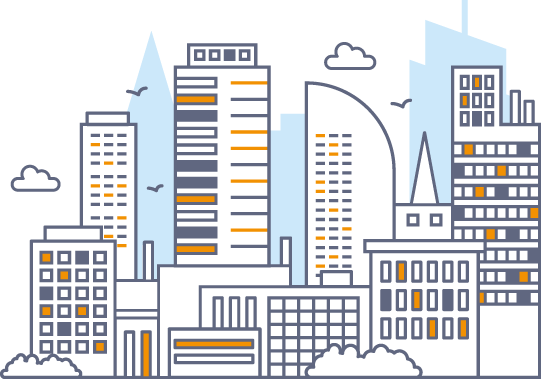Transportation is often high on the Smart City strategy list of priorities. The City’s ambition derives from many things including reducing pollution, costs and resource requirements.
Cities strive to make it easier to navigate their City for citizens and visitors alike, whether that be improved pubic transport, a reduction in traffic congestion and pollution to information on available parking spaces.
Passengers want a pleasant stress-free experience with seamless connection amongst all modes of transport. For tourists it means a more productive day to see and do more things in the City and for a resident of the City it is the ease of use that increases their quality of life.
The ease of transport systems also plays a large part of a City’s economy, as people are more attracted to working in a City that has an efficient home to work commute time and new business start-ups consider congestion to have a negative impact on their business.
Slow, unreliable, congested transport systems are commonplace and can be hard to improve.
Smart improvements can only be implemented by the effective collection, analysis and output of big data. Cities can connect devices and smart phones and use the information gathered to optimize traffic, reduce congestion and thus reduce air pollution.
Those that drive by car can also benefit from information on traffic conditions to avoid congested areas, be notified on the nearest available parking space and car share apps can be used to assist in reducing pollution and congestion, a method which requires citizen participation and a shared goal to reduce pollution and congestion in their City.
With increasing City populations, the issue of congestion and pollution is an important part of a City’s Smart City plan. Sustainability is key to ensure a City’s transportation system can last the test of time with increased passenger numbers, urbanization and also new technology. For example Helsinki has developed the mini bus version of the driverless car, called Robo-buses. Robo-buses are cost and energy efficient that can transport up to nine people and have been operating in the City, safely alongside other road users since 2016.
There are many ways to assist a City in its long-term transportation goals and the market will only see more initiatives role out as technology gets more sophisticated. Innovators have recently been exploring the viability of travellators most commonly seen in Airports as a means to transport pedestrians on a larger scale across cities. The travellators would aim to reduce congested sidewalks, ease transportation movement and be a new way of reducing CO2 emissions.
A SiFi Networks FiberCity™ can support a City’s transportation strategy by guaranteeing a future proofed sustainable network that can support the requirements for big data with symmetrical connectivity and reliable network management.
Sources:
https://mobility.here.com/
https://www.urban-hub.com/


